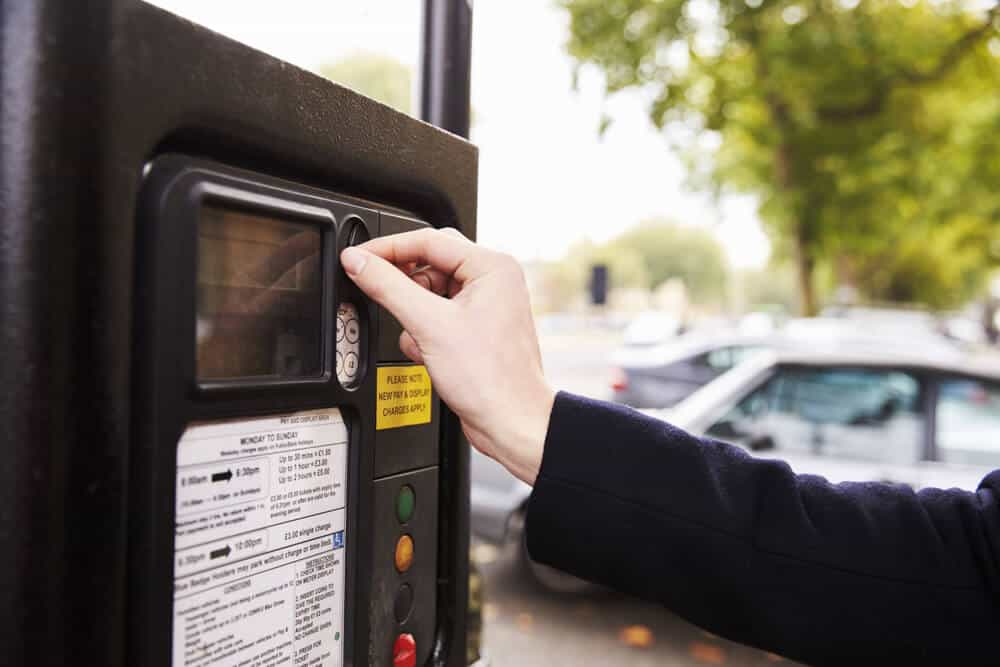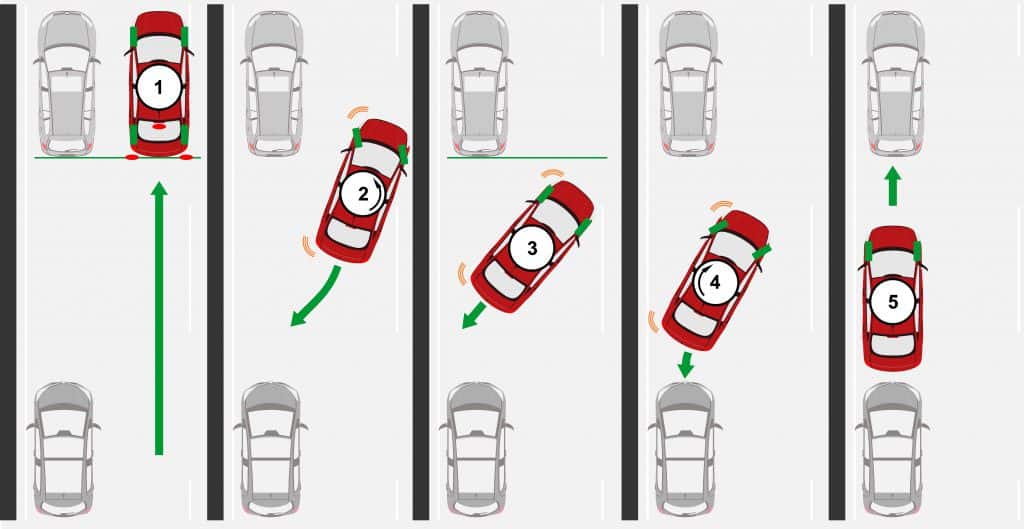Research from the AA shows that many qualified drivers remain nervous about parking manoeuvres, even after passing their test.
The study shows that parallel parking is often the most problematic move for Britain’s motorists, with one in six admitting they don’t feel confident completing the manoeuvre. Women are more likely than men to say that they lack the skills to pull off the move safely, and drivers in London are the most assured overall.
And here’s a really jaw dropping statistic: one in four drivers say they refuse to use roads where parking manoeuvres are too hard -- with one in three avoiding particular car parks for the same reason. Nearly 20% of those polled said they had changed their plans at the last minute because they didn’t feel skilled enough to park their car in the spaces available.
All of this means that it’s crucial to cram in plenty of practice in the run up to a driving test. Not only will plenty of experience give you confidence when you’re flying solo on the road, but it will also greatly reduce the chance of driving faults.
Which manoeuvres could you be asked to perform during a driving test?
A practical usually includes about 40 minutes of driving time under the watchful eye of an examiner. The one exception to this is if you’re retaking your test after being banned, when the driving time is extended to 70 minutes.
Pulling over at the side of the road is one of the things you will be asked to do first. This could pulling out from behind a parked vehicle, or even a hill start. Making sure you have these procedures nailed down before your test is vital to prevent any costly mistakes. It is possible you will be requested to perform an emergency stop, too.
Check this simple trick to pull up on the left without hitting the kerb.
You will then be asked to complete one of three exercises: a turn in the road (also known as a three-point turn), reversing around a corner, or reverse parking. This could include backing up into a parking bay -- or the dreaded procedure of parallel parking we were discussing a short time ago.
How to Parallel Park: a Step-by-Step Guide
In order to pull off this manoeuvre with aplomb, you need to line up parallel along to the next car which is against the curb. You want to keep a distance of about 2ft.
Next, put your car in reverse and keep going straight until the backs are lined up. After this, it’s time to make half a turn left until you’re at a 45-degree angle to the curb and about 6in away. Next, you’ll want to quickly steer until you are fully locked to the right and straighten up the car. What could be easier?
Top tip for successfully completing parallel parking is to pick your space wisely. You’re going to want a little bit of wriggle room, so look for a place that’s about a metre longer than the car you’re driving.
1
Concoct an Exit Plan
You may be able to get into a space comfortably, but you should also consider how best to get back out once you’ve finished your errand. Ideally, it’s best to reverse into parking spaces -- especially if you’re likely to encounter traffic on the way out.
2
Don’t Rush
You may encounter other motorists who are impatient and try to hurry you. It’s important to remain calm, as the consequences of parking erratically can include colliding with other cars and inflicting costly damage on your own motor.
3
Don’t Rely Entirely on Technology
Many of the newer models on the market come equipped with parking sensors and cameras. Although they are very useful as a point of reference, there’s no substitute for using mirrors and looking over your shoulder if you are to complete a manoeuvre accurately.
4
Think Ahead
Aside from the technicalities of parking, there are a few other practicalities that you should always bear in mind. There’s a very good chance that you’re going to have to pay for your parking, and keeping some loose change in the car can prevent you having to pull out again and go in search of a cash machine.

Be aware that there are councils that have still not converted parking ticket machines to accept the new £1 coin
If you’re leaving your vehicle in a large car park, try to make a note of where you’ve parked to prevent frantic searches later on. And finally, to avoid the prospect of hefty fines, try to be realistic when calculating how much parking time you need to pay for -- and set a reminder on your phone so you don’t run out of time and leave yourself exposed to a pricey ticket.
As we said earlier, practice makes perfect.
If you invest plenty of effort and time in mastering parking, it’ll pay dividends further down the road.

